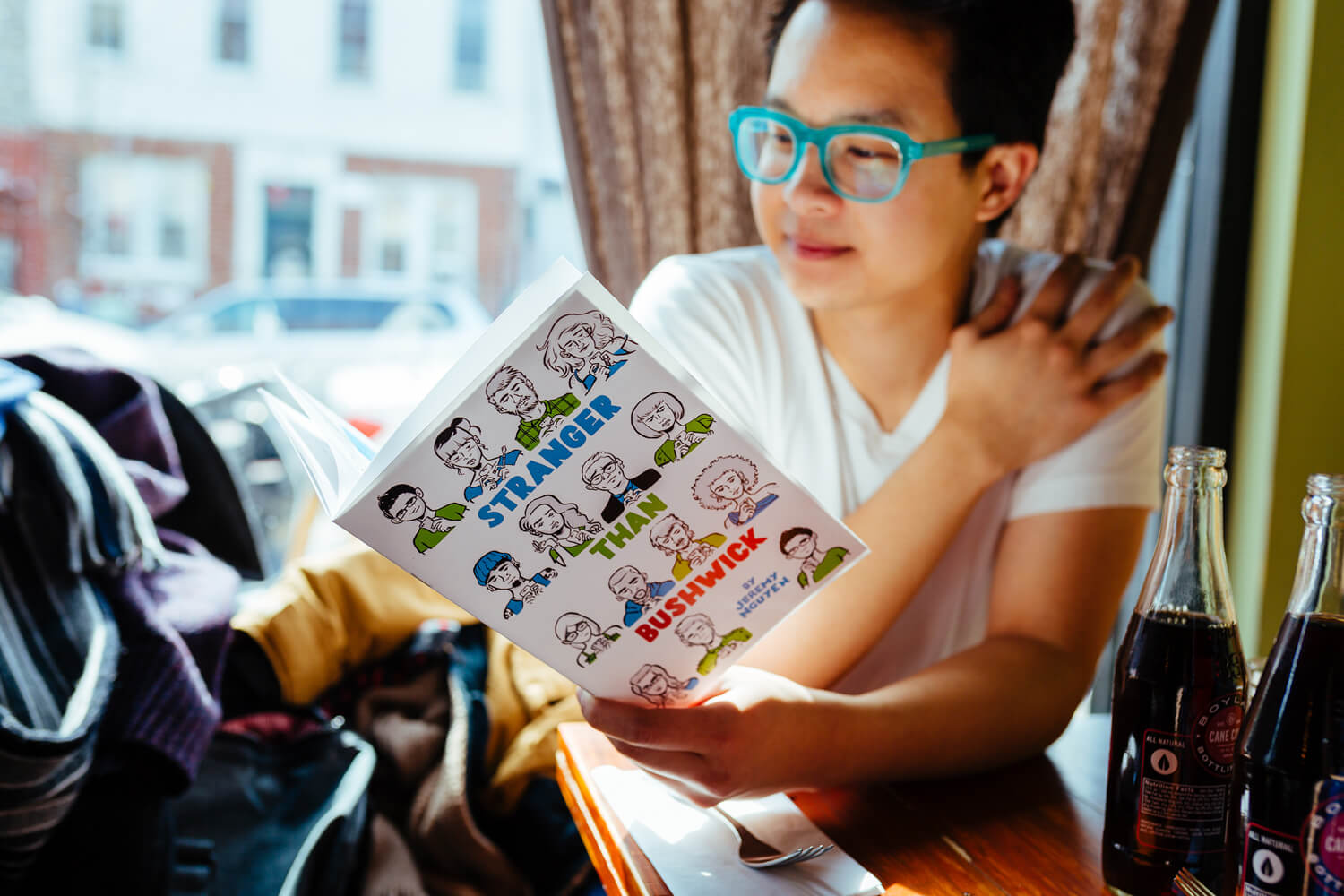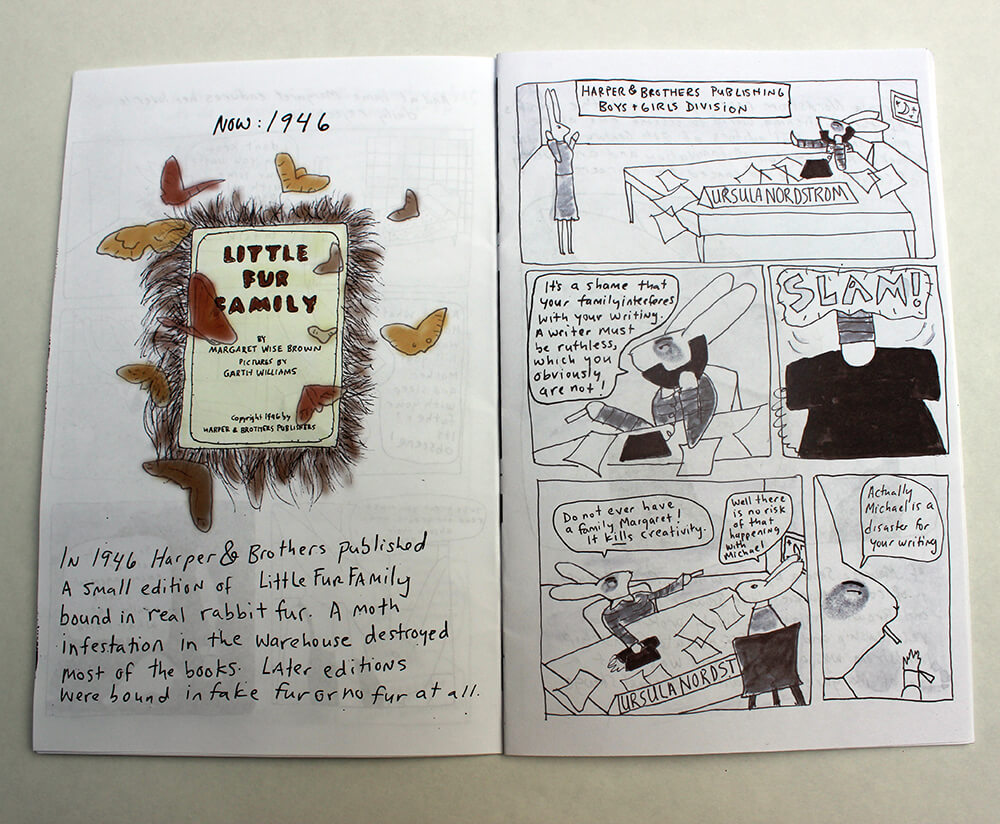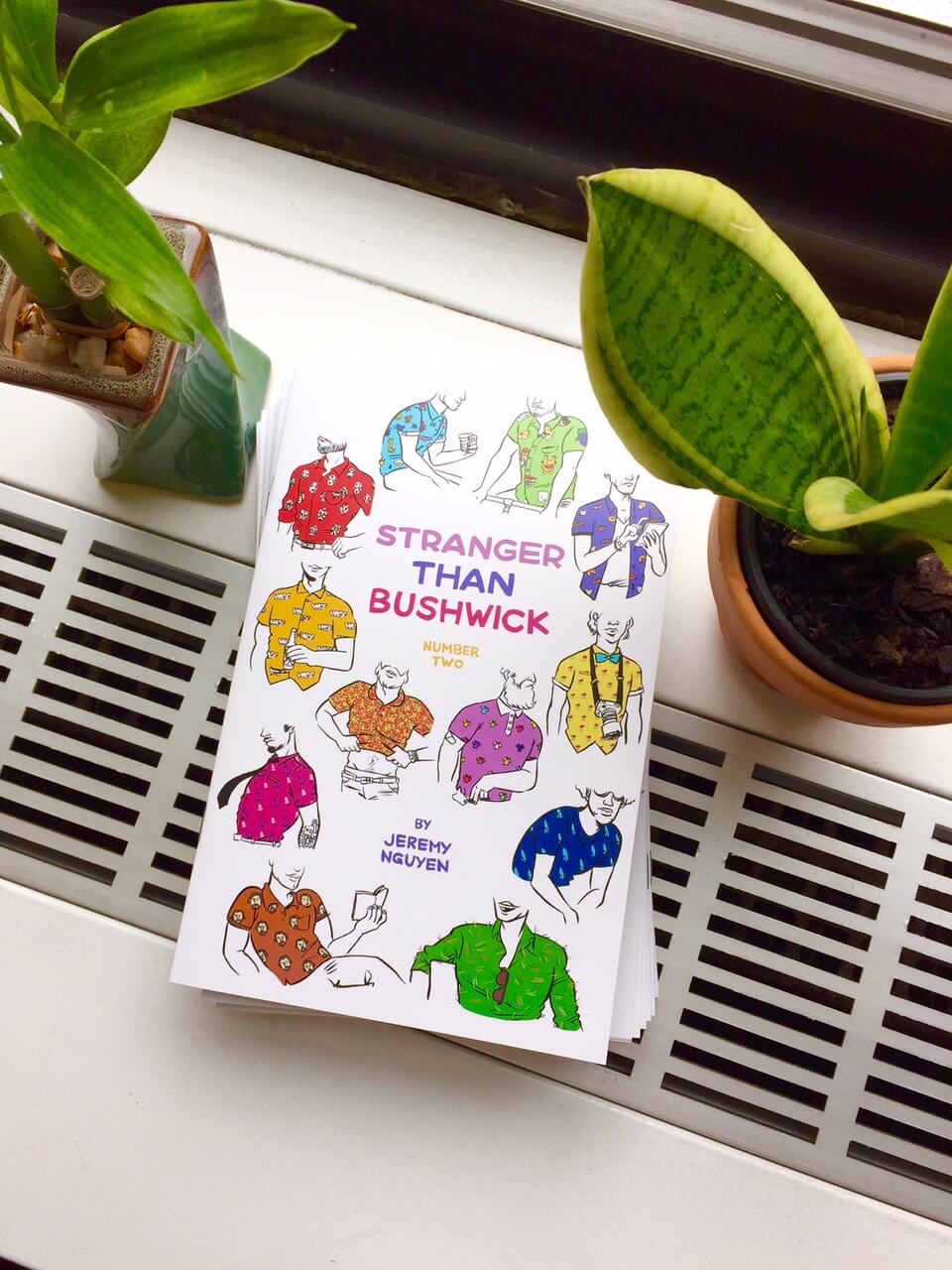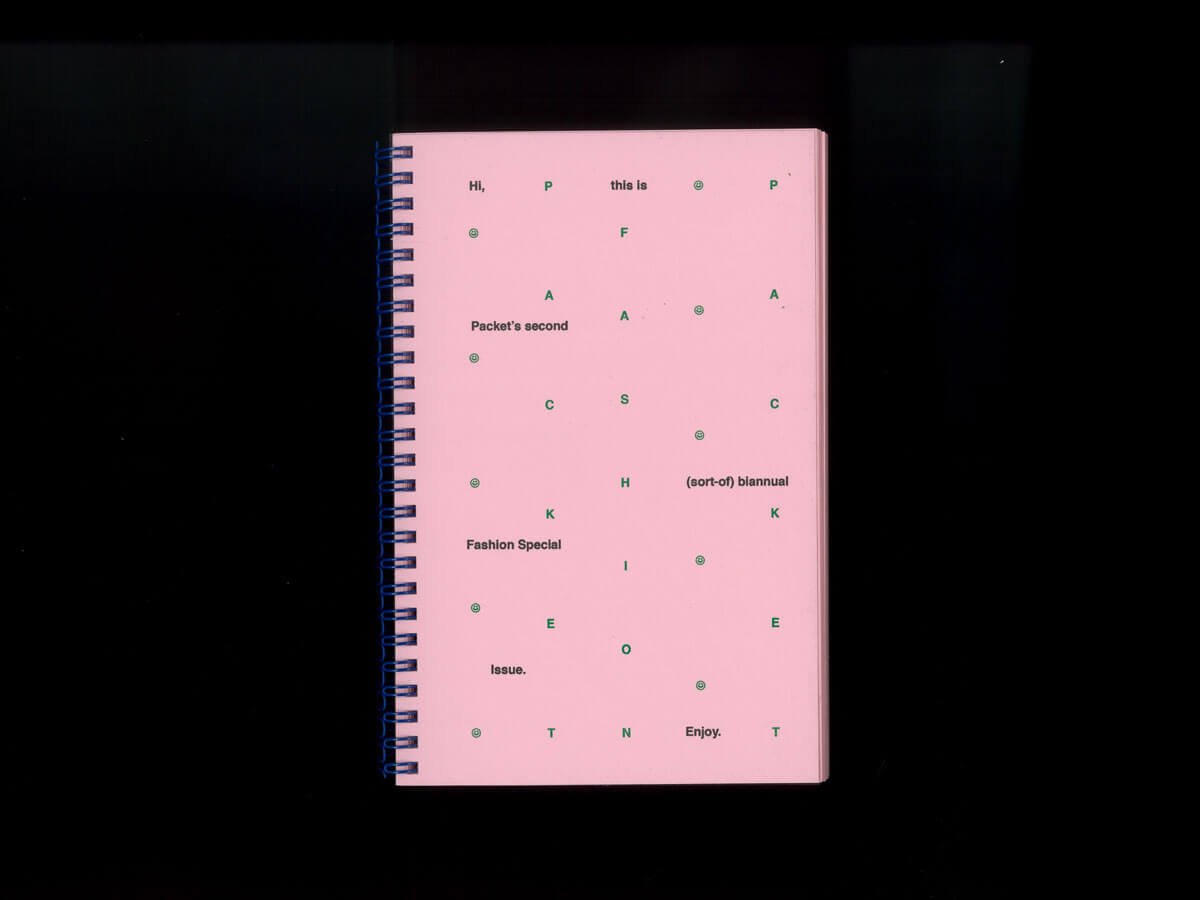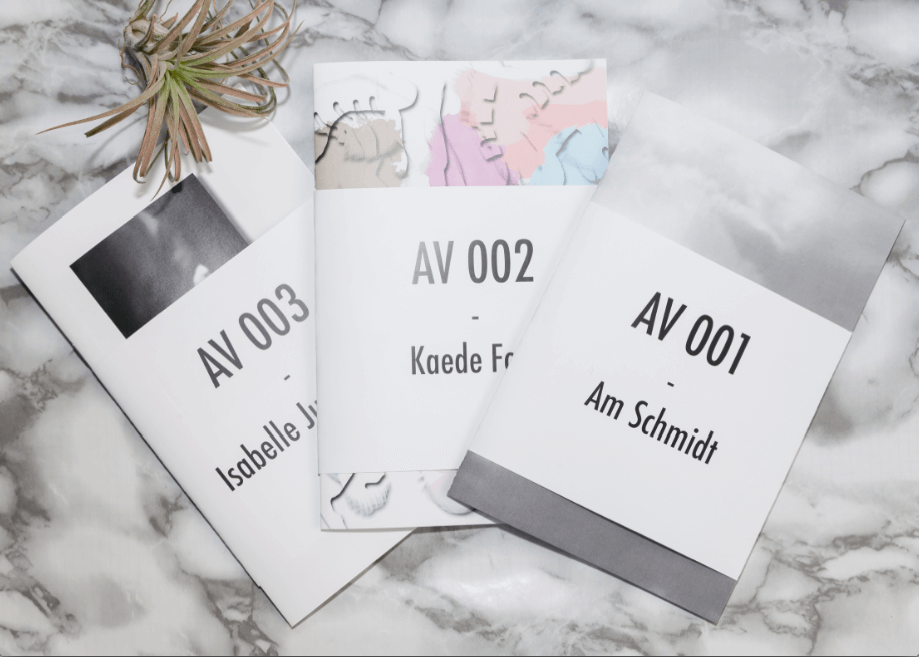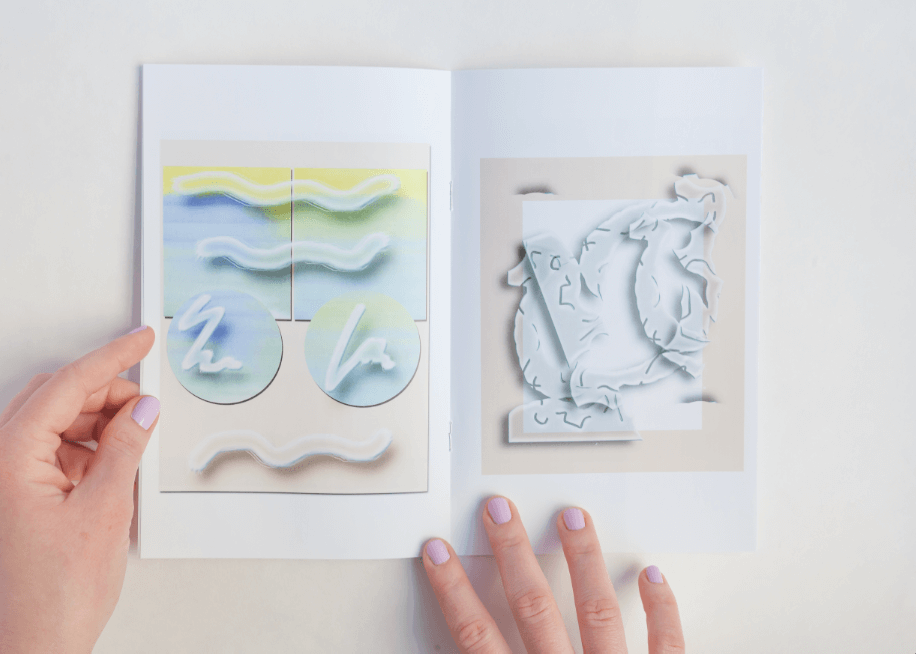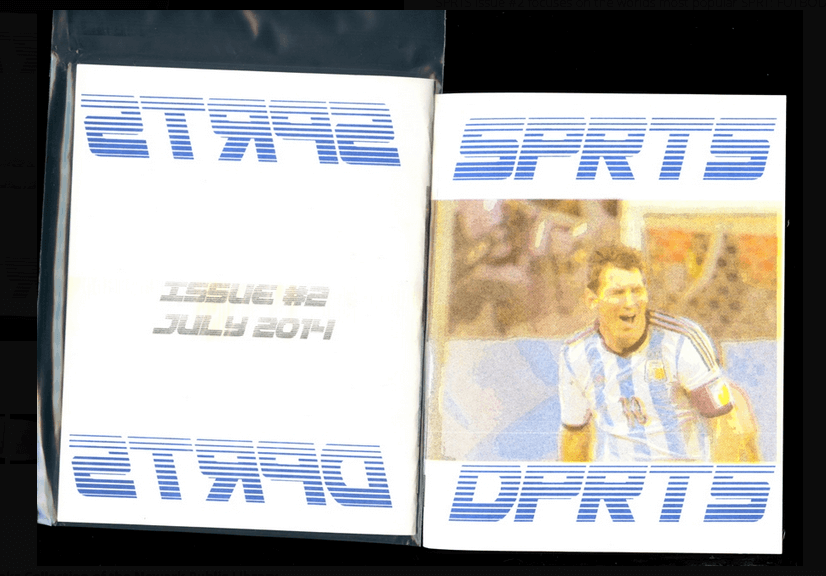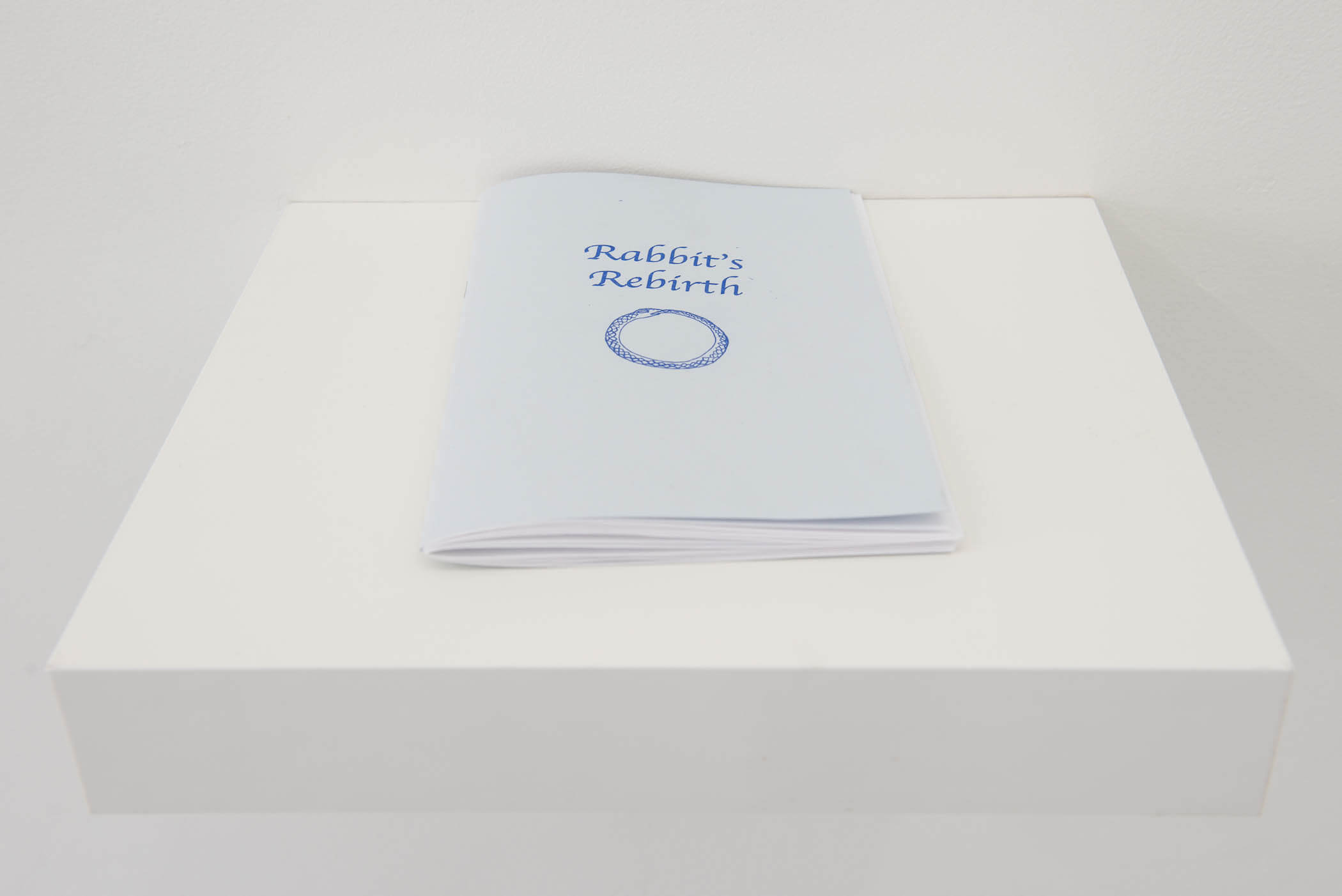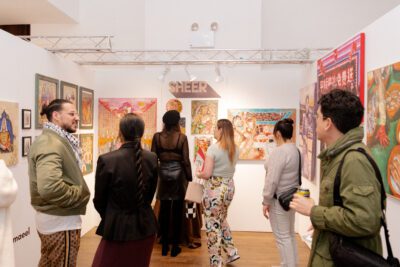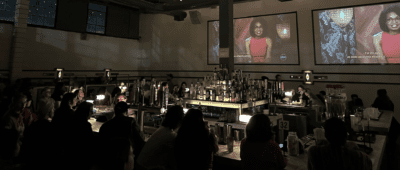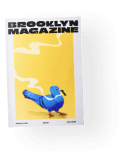Meet Six of Brooklyn’s Best Zine Makers
Print’s not dead. Not yet, at least, if Brooklyn’s thriving community of zine makers and small art book publishers is any indication. At events like the Bushwick Art Book and Zine Fair, organized by Blonde Art Books, local designers, writers, and artists devoted to the tactile and handmade hawk their DIY ephemera. Whether they’re drawing illustrated satires of Bushwick or sex- and drug-filled comics about children’s book author Margaret Wise Brown (Goodnight Moon), zine makers combat the aesthetic homogeneity of e-readers and subvert Big Publishing’s industry tyranny. Here, six Brooklyn-based zine makers and small presses discuss how they make their work and why reading flimsy photocopied pamphlets can be more satisfying than reading screens.
CHRISTINA KELLY
Who are you, and how did you get started making zines?I’m Christina Kelly. I’m a visual artist and filmmaker.
Tell me about your zine. What’s it about? How do you make it?
This is my first zine. It’s called In “All That Brown the Sun Went Down.” It’s a comic. It’s based on the life of the 1940s children’s book author Margaret Wise Brown (she wrote Goodnight Moon). She was a fascinating person and a huge talent. The comic is about her love life, her Freudian analysis, and her work. All the characters are bunnies. Because it’s set in 1940s NYC, they have affairs, they smoke, drink, and swear. There are two volumes out now and a third will be ready in October.
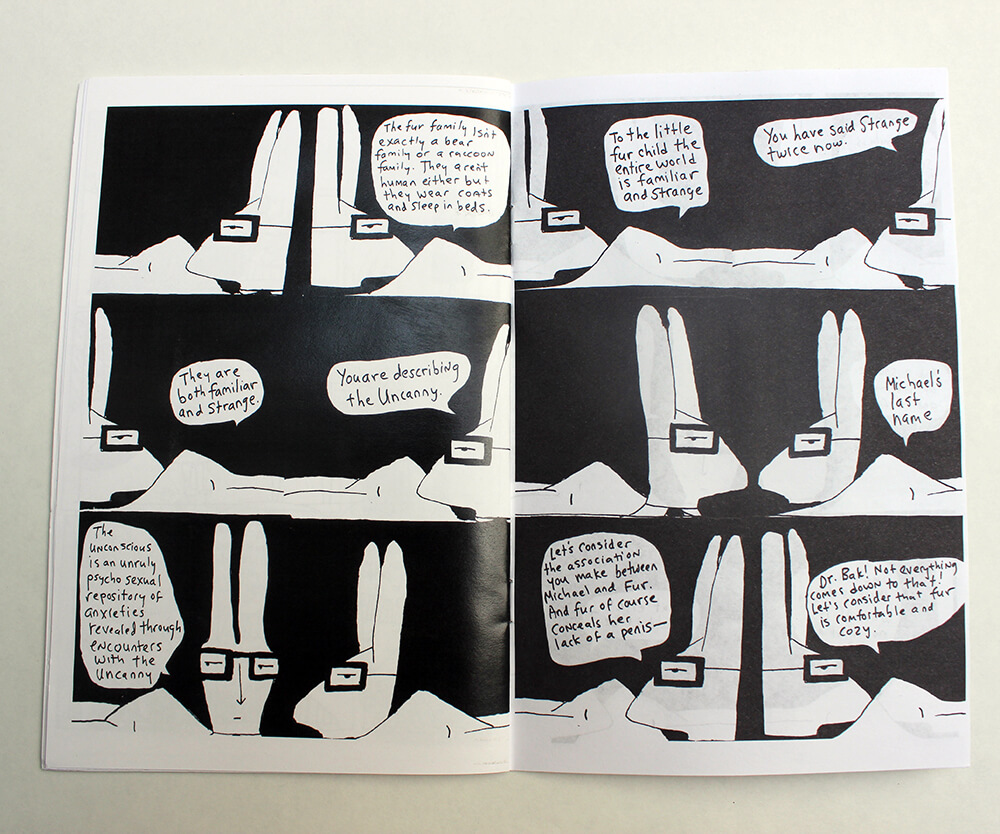

What’s the state of the zine in the digital age? Is it harder for zines to survive?
I think the tactile, handmade object still has a great appeal.
JEREMY NGUYEN
Who are you, and how did you get started making zines?
I’m Jeremy Nguyen, a cartoonist and illustrator living in Bushwick. I got started with zines in college where I made mini-comics (which is the comics term for zine). Some of them were collections of personal comics and others were anthologies of stories put together with friends and classmates. We learned different hand-making techniques that ranged from the classic fold-and-staple to the hand-sewing Japanese saddle-stitch.
Tell me about your zine. What’s it about?
“Stranger Than Bushwick” is a webcomic I’ve been writing and drawing for a year now. I printed the first collection in January, and my second this month. It’s a series of strips satirizing Bushwick, but as I’ve found out, the book has been relatable to anyone living in any hip, up-and-coming neighborhood.
This comic has opened up conversations about the neighborhood that isn’t talked about elsewhere. People respond to some of the minutiae I bring up, like how we prop up our window AC units, and what your mom thinks of Brooklyn. I just want to make new jokes about the culture of my neighborhood, give my friends something to laugh at.
What’s the zine-making community in Brooklyn like?
The scene for zines has been explosive. It’s entrepreneurial, and because of that, the zines have authenticity you can’t find in other books. In New York especially, you have so many zine festivals that showcase this wave of post-grads coming out of art school who are in debt and on Twitter and Tumblr trying to make a name for themselves. And they are’t just making stuff to get it out there; they’re make GREAT stuff in order to stand out from the crowd. They’re using their skills in design to make quality books that are different and exciting.
What is the state of the zine in the digital age? Is it harder for zines to survive?
I haven’t seen digital hurt zines at all. The print comics industry has seen growth with the success of digital. People want to buy comics after seeing them on the web, or on apps. Most books and zines that I’ve liked the most are ones that couldn’t exist in any other form but print. There’s a greater appreciation for the handmade, and buying directly from the hand of the maker. I personally see digital replacing periodicals, but making collections even more valuable. Greater care is going to be given to the packaging and the presentation of books and the fans are going to buy them to keep on their shelves. And the book will become more of an art object than as a way of getting information.
PACKET
Who are you, and how did you get started making zines?
Packet is a biweekly art publication printed in Brooklyn. As of today, we’ve completed 60 issues and in November we’ll be three years old. Packet is run by Chris Nosenzo, Christine Zhu and Nicole Reber.
Tell me about your zine. What’s it about? How do you make it?
Packet is a collective and all content is contribution-based. The aesthetic, medium and approach is inspired by handouts and course packets that are distributed in classrooms. These materials, and the way they’re made, became our starting point to disseminate information in a very raw way. We like to say that Packet is a “holding shape for immediacy and irreverence” because our output is rapid and timely. Most of all, Packet is a manifestation of its contributors and the community that surrounds them. It’s something localized and specific.
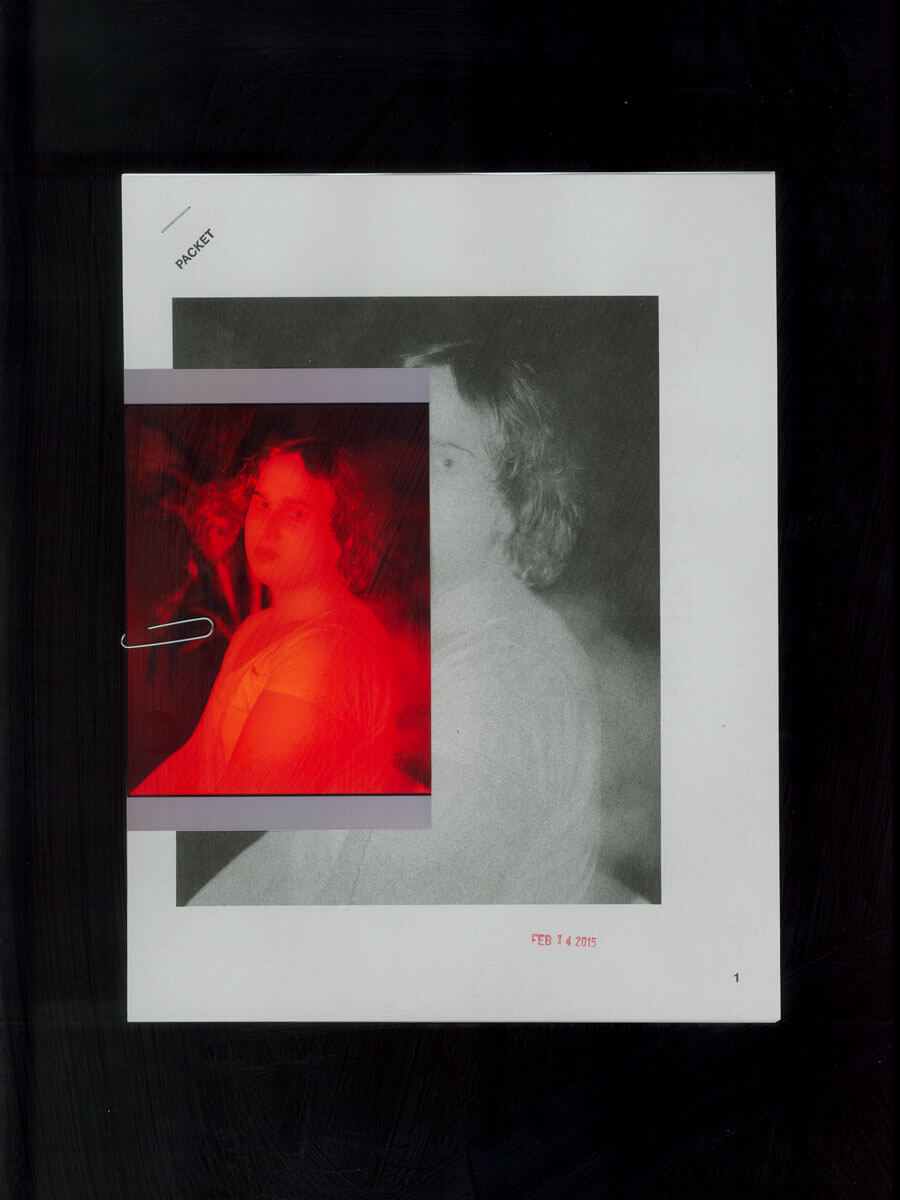

What’s the zine-making community in Brooklyn like?
It’s a small world. It’s diverse, but we all love printing and reading on paper.
What is the state of the zine in the digital age? Is it harder for zines to survive?
I don’t think harder is the right word. A lot of books don’t reproduce well online, or things that look interesting on the internet are in actuality boring IRL. Perhaps its more about alternate realities than turf wars. Print and digital are two distinct ways to present information: it’s hard to see how the popularity of one or the other changes that basic dynamic.
ART VANDELAY
Who are you, and how did you get started making zines?
Maggie Shannon is a photographer and Isabelle Jusseaume is a visual artist and curator. We started Art Vandelay over a year ago while we were living together and had been making zines separately for a few years prior to that as a way to showcase ideas and our work in a physical form. We both live in Brooklyn, Maggie is from Martha’s Vineyard, Isabelle from France.
Tell me about your zine. What’s it about? How do you make it?
Our most recent project has been asking artists to produce a combination of a zine and cassette tape called the AV Project. For this, artists were required to select, alter and arrange material from their own archives – the zine and tape function as a way to restore meaning to a content that was forgotten or lost. It’s fantastic to see what visual artists do with the opportunity to produce a sound piece and vice versa with musicians.
What’s the zine-making community in Brooklyn like?
Although there aren’t as many occasions for book and zine people to socialize, there have been more and more art book and zine fairs, thanks to amazing people such as Open Space Baltimore or Blonde Art Books. We were recently invited to participate in the Bushwick Art Book and Zine Fair and loved seeing what a huge and supportive community exists in Brooklyn.
What is the state of the zine in the digital age? Is it harder for zines to survive?
On the contrary, we believe that books and zines have been the object of a regained interest, and offer different possibilities than the internet does. We like to think of artists’ books and zines as a medium and find it interesting to work within its limitations. Our zines function as an intimate exhibition space – for us it is an opportunity to create and curate content, to meet and work with like-minded people.
ENDLESS EDITIONS
Who are you, and how did you get started making zines?
Endless Editions is an imprint that publishes many different types of media. I (Paul John) co-founded Endless Editions with Anthony Tino. We wanted to start a publishing project that was in line with our interests as printmakers and curators. We’ve worked together since studying at SUNY New Paltz in the Hudson Valley.
Tell me about your zine. What’s it about?
We make a satirical periodical called SPRTS. One of our first attempts at publishing was Hello my Name is BWEEB by Audrey Ryan.
AIDAN KOCH
Who are you, and how did you get started making zines?
I’m Aidan Koch, originally from Olympia, Washington but have been in New York almost a year. I made my first zine when I was still in high school. I had a lot of feminist and punk friends who introduced me to zines. I got back into it when I moved to Portland, Oregon. They have a zine fest there that’s kind of a mecca for the culture.
Tell me about your zine. What’s it about? How and why do you make it?
This one is called “Rabbits’ Rebirth.” It’s all risograph, so it’s printed in blue ink. I made 50 copies for a gallery show I was in recently. I liked the idea of taking my zine practice and extending it into that kind of setting, basically presenting it as both an sculptural piece and artist book. It’s full of illustrations of animals from various cultural histories that I’ve redrawn. There’s a dialogue in the back, an imaginary conversation between a rabbit and a deer.
What is the contemporary zine-making community in Brooklyn like?
It’s definitely here, though I wouldn’t isolate my statement to Brooklyn only. Between fairs like the 8Ball Zinefest in Koreatown, Paperjam in Bushwick, and BABZ, there is a lot going on all year round for people to be involved in and share their projects.
What is the state of the zine in the digital age? Is it harder for zines to survive?
Of course not. You could release every image you ever made online first and people will still buy your zine if they like the work. The ability for zines to be tangible, transient, objects is always what has made them so appealing.
Follow Carey Dunne on Twitter @CareyDunne
You might also like 









